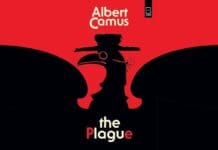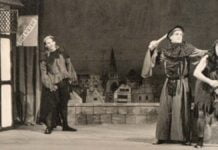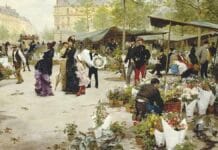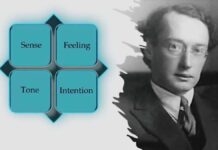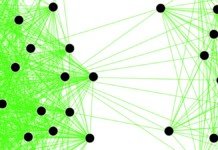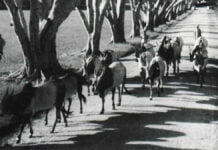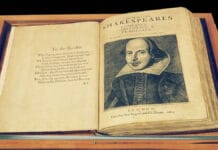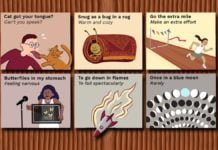A phrase structure grammar consists solely of phrase structure rules, whereas transformational grammar does not consist only of transformational rules. It includes a set of phrase structure rules as well.
The phrase structure rules rewrite one symbol as another or several others (or one set of symbols by another set) until the sentences of the languages are generated. This system deals with symbols. It starts with the symbol S (which stands for sentence), and then a sequence of rules rewrite this symbol until a sentence is produced. On both right and left sides, a symbol or a set of symbols are given, and there is an arrow in the middle which is interpreted to mean rewrite;
A -> BC means rewrite A as BC.
Look at the following example:
The girls sang a song.
A simple set of rules for this sentence can be as follows:
- S -> NP + VP
- VP -> V + NP
- NP -> Det + N
- V -> sang
- Det -> The, a
- N -> girls, song
If we apply the rules in sequence, we generate the following successively.
| S -> | NP + VP |
| NP + (V + NP) | |
| Det + N + (V + Det + N) | |
| Det + N + (sang + Det + N) | |
| the + N + (sang + a + N) | |
| the + girls + sang + a + song | |
| = The girls sang a song. |
Such a set of rules is a derivation of a sentence. The word string is used for the sequence of symbols, and the final string, beyond which the rules do not take us, is the terminal string. The elements for the terminal string are called formatives which are roughly equivalent to the structuralists’ morphemes. We may write the rules of the sentence, The girls sang a song in terms of a phrase structure tree.

In the method of rewrite rules, we can indicate optional elements by using brackets. For example, An old man tore his shirt may be written as
| S -> | NP + VP |
| NP + (V + NP) | |
| Det + N + (V + Det + N) | |
| Det + N + (sang + Det + N) | |
| the + N + (sang + a + N) | |
| the + girls + sang + a + song | |
| = The girls sang a song. |
| S -> | NP + VP |
| NP -> | Det + Adj + N |
| Det (Art) + Adj + N | |
| An + old + man | |
| VP -> | V (Past) + NP |
| tore + Det (Adj) + N | |
| tore + his + shirt | |
| An + old + man + tore + his + shirt |

The sentence, I drove my car into the garage can be rewritten as
| S -> | NP + VP |
| NP -> | N |
| I | |
| VP -> | V + NP + Prep. phrase |
| V (past) + NP + Prep. phrase | |
| drove + Det (poss. pronoun) + N + Prep. + Det + N | |
| drove + my + car + into + the + garage | |
| I + drove + my + car + into + the + garage |
| S -> | NP + VP |
| N + VP | |
| N + V + NP + Prep. phrase | |
| N + V + Det + N + Prep. + Det + N | |
| N + (past) V + Det + N + Prep. + Det + N | |
| I + (past) drive + my + car + into + the + garage | |
| I + drove + my + car + into + the + garage |

Representation of the phrase structure of a sentence in this way is known as its phrase marker or, P-marker. Phrase structure rules in transformational -generative grammar form the basic part of the grammar. These rules are technically described as the base component.

